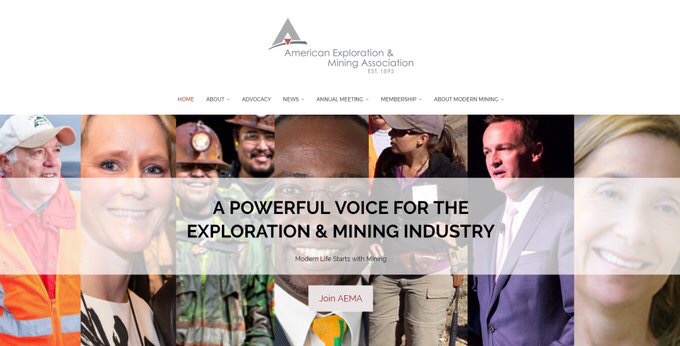Meeting one of its “stretch goal[s] to demonstrate that rare-earth magnets could be produced from mine to manufacturer, here in the United States,” the Critical Materials Institute (CMI) a U.S. Department of Energy Innovation Hub, has announced that the has fabricated magnets made entirely of domestically sourced and refined REEs.
This success was achieved in the context of public private partnerships CMI has engaged in to further its mission. According to CMI’s press release, the Idaho National Laboratory, a CMI member institution, sourced the raw materials and refined the oxides, while a CMI Industry member, Infinium, produced metal ingot from those oxides. Further processing work was completed at Ames Laboratory, CMI’s home research institution.
Says CMI Director Alex King:
“We were asked if it was still possible to make these magnets entirely within the U.S., now that magnet manufacturing has very largely moved overseas. This proves that we can apply advanced tools and technologies developed in the U.S. to get the job done – do it quickly, and do it rather more efficiently than it is being done elsewhere.”
As ARPN followers will know, REEs have not only become indispensable components of our hi-tech items ranging from smart phones over computers to televisions, they are also of critical importance for the proper function of many clean energy and defense technology components. Meanwhile, China has long held a near-total REE supply monopoly. While for a few short years, a now-bankrupt North American mining company sourced REEs domestically, thereby reducing our import reliance for REEs (with the lowest degree of net import reliance pegged at 63% in 2013), we are now once more 100% reliant on foreign imports to meet domestic REE needs.
As such, CMI’s current REE work and other public-private partnerships the institute has entered into are highly relevant, and tie into the overall context of process improvements allowing for the extraction of minerals from unconventional sources. As Dan McGroarty explained in his most recent Congressional testimony before a U.S. Senate committee:
“Without in any way diminishing the dangers of our resource dependency (…) These are advances arising out of necessity – the need to efficiently extract minerals from low-grade deposits. In some cases, this effort is driving process improvements that point to the ability to extract minerals from unconventional sources, feedstocks if you will. I’m talking about historic mine waste piles, eWaste, and potentially and perhaps most interesting, extracting rare metals from coal deposits.”
While these are steps in the right direction, more needs to be done. “[A]t a time when state-backed enterprises from China and Russia are focused on locking up metals and mineral deposits worldwide,” we need a comprehensive and strategic approach to mineral resource security.
The bottom line according to McGroarty is this:
”If we are serious about ensuring U.S. military power and reviving American manufacturing, we must reverse the deep dependency on foreign metals and minerals, and treat American resource security with the same seriousness – and one would hope, the same success – as our approach to American energy security.”





